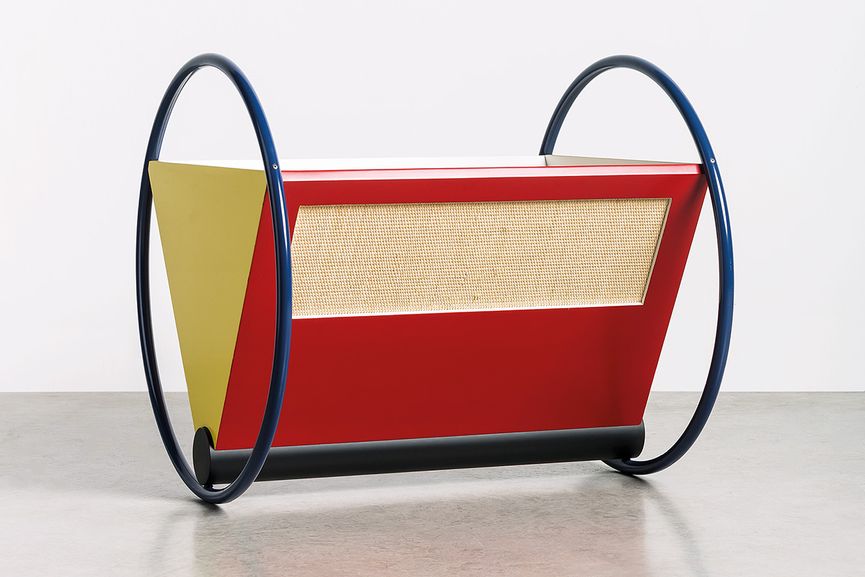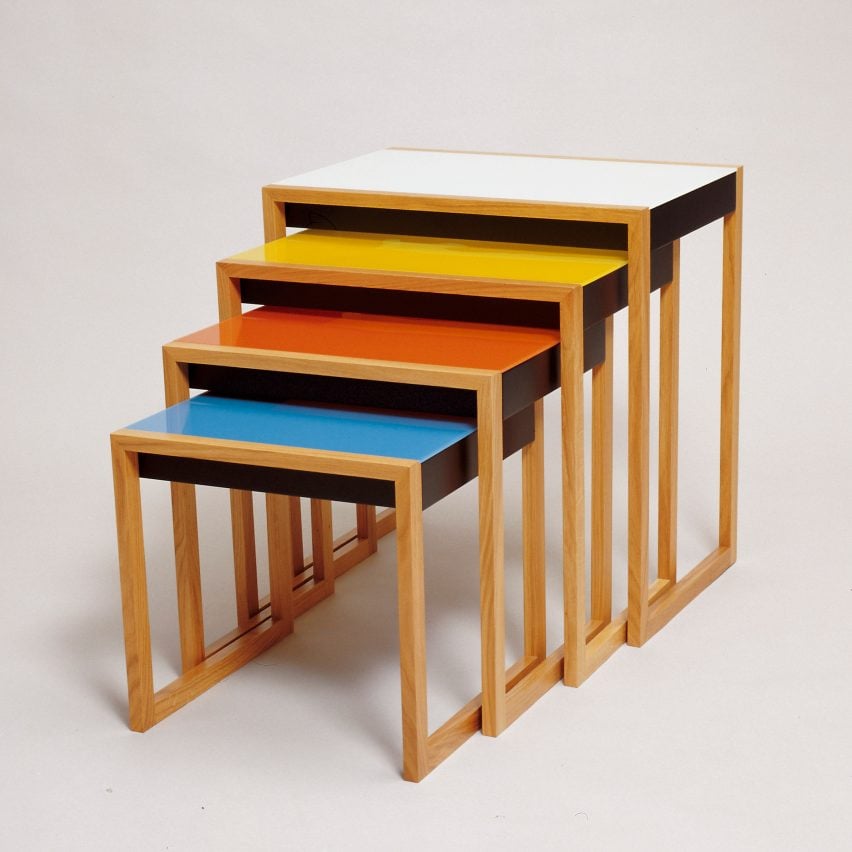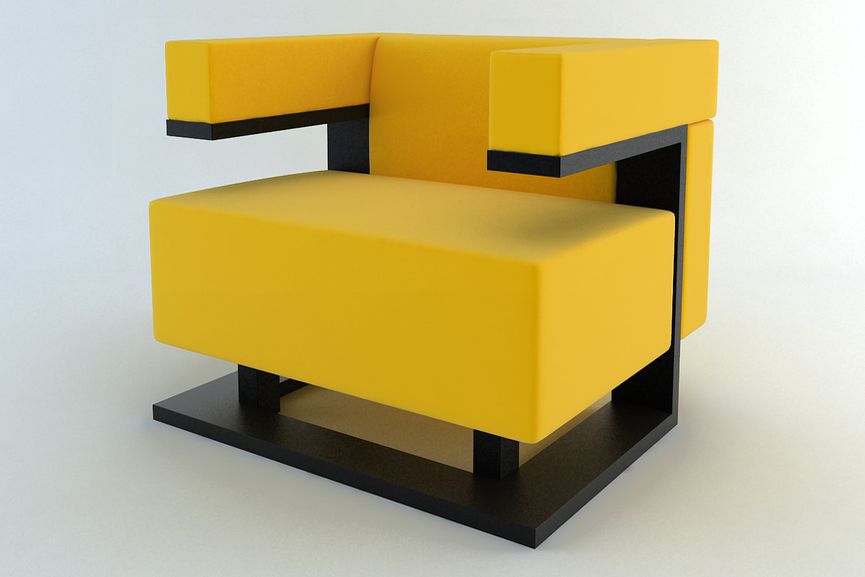
The Bauhaus (1913-1933) was a school of art and design that existed in pre-war Germany before being shut down by the Nazi party in the face of World War 2. Founded by Walter Groimus, the primary objective of the Bauhaus was to redefine the relationship between function and design. In other words, as stated by www.metmuseum.com, the objective was to “reimagine the material world to reflect the unity of all the arts.”

The Bauhaus housed a multidisciplinary focus. Students learned painting, architecture, sculpture, and design, as well as specialized workshops like cabinet making, among others. Their coursework was intensive and diverse, allowing students to make creations that drew on a large vocabulary of historical and artistic references. Students themselves were diverse as well, bringing their own cultural influences and social-economic lenses to each discipline.
“The Bauhaus combined elements of both fine arts and design education. The curriculum commenced with a preliminary course that immersed the students, who came from a diverse range of social and educational backgrounds, in the study of materials, color theory, and formal relationships in preparation for more specialized studies.”
~ www.metmuseum.com

One of the most culturally impactful outputs of the Bauhaus was their furniture. It was created with the goal of “form follows function.” The furniture and cabinetmaking department was headed by Marcel Breur, who is said to have “reconceived the very essence of furniture, often seeking to dematerialize conventional forms such as chairs to their minimal existence.” (metmuseum.com).
An excellent example is the chair below. The extremely basic design is complimented by the unique use of material, contrast, color and essence of extremist minimalism. In contrast to the arts and crafts/art nouveau movement of the previous decades, the modern qualities of the Bauhaus designs were refreshing to say the least. This had an especially profound effect in its homeland of Germany, notorious for its heavy gothic design style during the early 20th century.

Lecture Summary:
Unfortunately I was not able to attend this weeks lecture, but I was able to review the notes and handouts. The things that jumped out to me tended to stay within the geo-political sphere, mostly the famous “Persons Case” in Canada with the supreme court. This is always something that I’ve been appalled by, and to an extent I can’t believe that this event had to happen at all in history. Additionally, my spread from a couple weeks ago focused on women’s suffrage, and the persons case highlighted the Famous 5. I found that I will always be partial to women making advances in government throughout history, but that feeling is not the same for current politics. I also gravitated towards The Lindberg making its way across the Atlantic, as plane technology is something that I’m still fascinated by today every time that I’m in one. Slightly terrifying, but very cool to know where it all started.
Sources:
https://www.metmuseum.org/toah/hd/bauh/hd_bauh.htm
https://i.pinimg.com/originals/9a/ff/fc/9afffc258132091576588ad0ec82d94a.jpg
https://dengarden.com/interior-design/Bauhaus-Furniture
https://www.widewalls.ch/bauhaus-design/